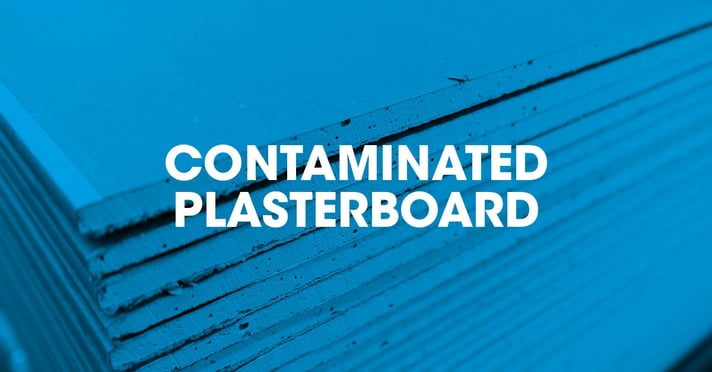Background
There have and continues to be concerns being raised about potential contaminated plasterboard on the market. In particular, it is claimed for boards made in or made from gypsum sourced from China.
There had been claims that during the boom in the 2004/06 period, gypsum was in short supply and China filled the gap by providing material and end product. These claims appear to have been raised mainly in the USA with little evidence of its occurrence in the UK or Europe generally.
Details
Whilst the original claims were raised around 2006 there are still concerns being made presently, which include issues such as bad odours and very early deterioration of most metals in contact with the board.
Recommendations
You need to be careful and mindful of potential issues with any products used in construction, particularly those that use materials that are essentially mined/quarried.
Gypsum plasterboard products should be checked to ensure they meet BS EN 520:2004 (Incorporating Corrigendum July 2006 and further amendment dated 28 02 2010 - Implementation of CEN amendment A1:2009) titled: Gypsum plasterboards —Definitions, requirements and test methods.
Clause 8 of the standard advises: Gypsum plasterboards complying with this standard shall be clearly marked on the board or on the accompanying label or on the packaging or on the accompanying commercial documents (e.g. a delivery note) with the following items:
- Reference to the BS EN 520
- Trademark or other means of identification of the producer of the plasterboard
- Date of production
- Means of identifying the plasterboards and relating them to their designation according to Clause 7 of BS EN 520.
NOTE: Where the CE marking also requires the above items, compliance with CE marking would be deemed to satisfy the requirement of this clause.

